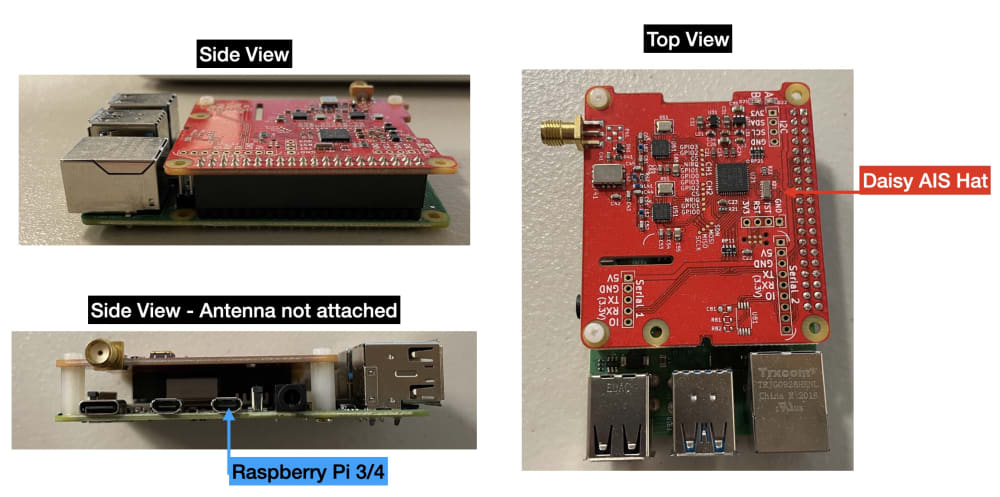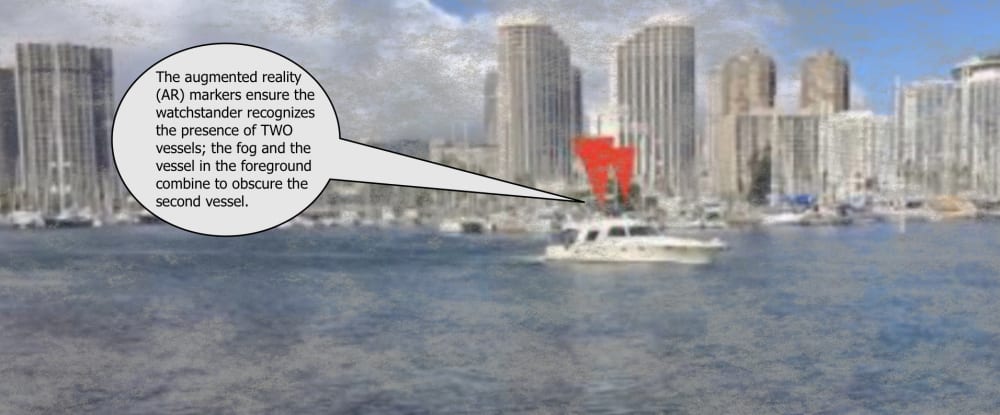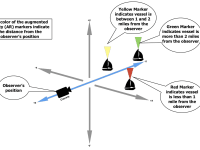
PROBLEM
Vessel collisions at sea are threats to life and property. During the 10-year period 2011-2021, the International Maritime Organization (IMO) reports 1,494 incidents were classified as "very serious marine casualties," meaning a total loss of a ship, a death, or severe damage to the environment. Many of these incidents resulted from conditions of limited visibility, such as darkness or fog.
SOLUTION
To reduce the danger of vessel collisions the IMO began requiring ships having a certain size to broadcast their positions using the Automatic Identification System (AIS). The Automatic Identification System Heads-Up Display (AISHUD) enhances AIS by implementing Augmented Reality (AR) on mobile devices to provide improved situational awareness in maritime environments, particularly of benefit in challenging conditions such as congested vessel traffic and limited visibility. Specifically, AISHUD provides a vessel's crew, primarily watch-standers and control room personnel, with the ability to correlate visual information with the vessel’s AIS data using a portable device such as an iPhone. The improved situational awareness saves lives and property by avoiding vessel collisions.
INITIAL PROTOTYPE COMPLETED
The team has developed and tested a prototype user-friendly application implemented on low-cost, commercial-off-the-shelf (COTS) hardware that shows the position and heading of nearby vessels using three-dimensional AR visualization.
REQUIRED NEXT STEPS FOR IMPROVED PROTOTYPE
The development team is seeking funding to address several challenges identified during testing of the initial prototype. The team considers addressing three of these challenges as critical for deployment to the maritime community.
The first issue is the accuracy of consumer-grade GPS receivers. During testing on shore locations, receivers often produced data with diminished accuracy when reception was obstructed (e.g., testing in the vicinity of trees and buildings). Fortunately, obstructions are less likely to cause errors in open water settings.
Second, relatively small positional errors (~100m) for vessels at a distance of approximately one kilometer or more result in angular errors (~5 deg) that may be significant when correlating with a visual observation. Monitoring capabilities will be implemented in AISHUD to provide warnings when the reported positional accuracy drops below specific thresholds.
The final issue relates to data freshness (i.e., AIS message latency). Different AIS transponders broadcast their updated positional data at different intervals, some every 2-10 seconds and others once every 30 seconds. The improved prototype will ensure the AR capability is not impaired by message latency.
AT-SEA TESTING
After addressing those three issues, the next step towards transitioning AISHUD to an operational capability is at-sea testing to verify the efficacy of the system in a realistic environment. Multiple iterations of the AISHUD prototype were tested ashore, but those tests do not represent a realistic electromagnetic environment nor do they simulate the tasks performed by a vessel’s crew.
AGILE DEVELOPMENT APPROACH
The team will continue using an agile develop-test-develop iteration cycle to ensure a human-centered design by incorporating input from maritime domain experts during development. This approach will ensure the resulting prototype will be ready for verification and validation testing in a maritime environment.
Video
-
Awards
-
 2022 Top 100 Entries
2022 Top 100 Entries
Like this entry?
-
About the Entrant
- Name:Ais Technology Team Craig, Roger, Baseem, Jake
- Type of entry:teamTeam members:Craig Leger, PhD; Roger M. Rosewall, D.Eng.; Mr. Baseem Missaghi; Mr. Jake Karma
- Software used for this entry:Custom
- Patent status:pending








